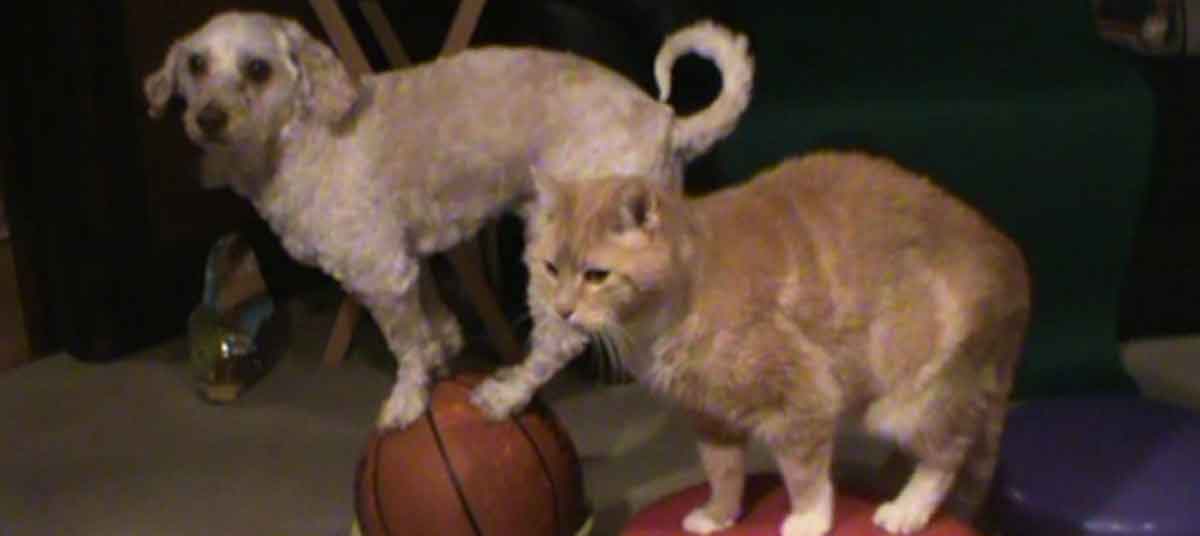By Kim Campbell Thornton
Cats may seem like the most unlikely of rehab patients, but in her VMX presentation Purrfect Rehab: Mobility and Pain Management Techniques for Cats, Carolina Medina, DVM, showed videos of cats on dry and underwater treadmills, walking over cavaletti, traversing exercise balls, and undergoing passive and active range of motion exercises. With the right treatment, handling, and motivation, they respond well to treatment, Dr. Medina says.
Her patients have included a 7-year-old obese Siberian cat who suffered tarsal luxation after a fall, a 14-year-old cat with lumbosacral stenosis, and an 11-year-old cat with intervertebral disk disease. All have responded well to passive and active range of motion exercises and other treatments and techniques to improve joint integrity, decrease pain, and lubricate joints.
Top Tips
Short sessions are critical. Be careful not to exceed the cat’s threshold for tolerance. Pay attention to body language and stop before the cat sends the message, “We’re done.” Advise owners to limit home exercises to 3 to 5 minutes a few times a day.
Help the cat feel comfortable by conducting rehab exercises in a quiet room (no sounds of barking dogs) treated with feline pheromones. Use warming blankets or heat lamps to provide a cat’s preferred ambient temperature of 84 degrees Fahrenheit or higher.
Adapt exercises to an individual cat’s behaviors, and do things he enjoys. Play, hunting, and use of toys and carriers can all motivate a feline patient. One cat’s reward for walking over cavaletti was to enter his carrier, placed at the end of the lineup. A kitten whose rear legs were paralyzed was encouraged to chase a ball, his hind end supported as he moved.
Walking over unsteady surfaces such as balance discs, exercise balls, and other unstable surfaces helps cats develop core strength, balance, and proprioception. Use food rewards or toys to draw them forward.
Be consistent. The 14-year-old cat mentioned above walked on a dry treadmill placed behind a sofa. He would first receive a laser treatment, then work out on the treadmill for 15 to 20 minutes, and then jump onto the sofa for his acupuncture treatment. That was his routine, and he refused to walk on the treadmill if there was anything—or anyone—on “his” sofa. After five weeks, he was back to jumping on the bed and sleeping with his owner and was maintained without any pharmaceuticals or nutraceuticals.
This article was reviewed/edited by board-certified veterinary behaviorist Dr. Kenneth Martin and/or veterinary technician specialist in behavior Debbie Martin, LVT.





